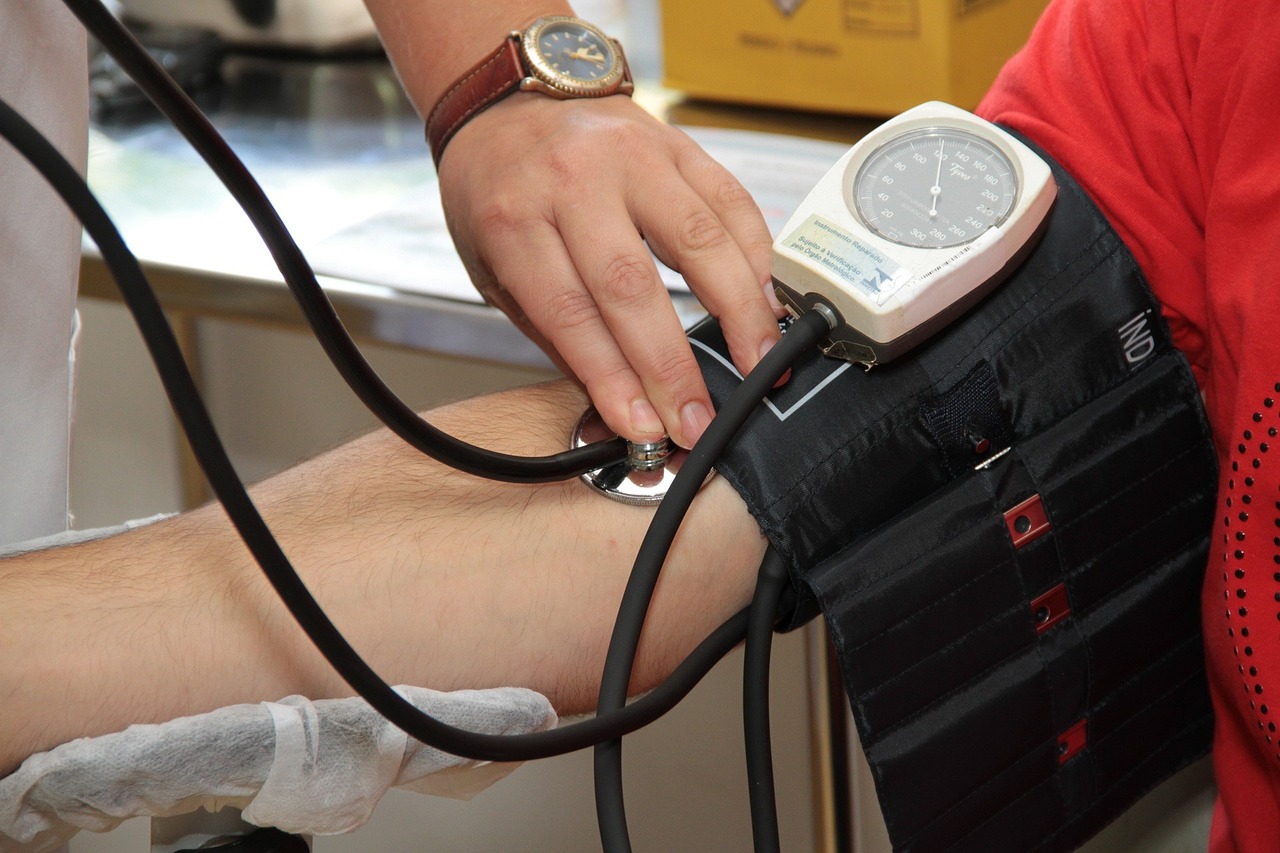When it comes to the heart, one of the key measurements for understanding its health is the PR interval. The PR interval measures the time it takes for an electrical impulse to travel from the heart’s upper chamber, the atrium, to its lower chamber, the ventricle. A short PR interval can be an indication of a medical condition known as pre-excitation syndrome.
Pre-excitation Syndrome and Its Causes:
Pre-excitation syndrome is caused by abnormal connections between the atria and ventricles. This can cause an electrical current to travel through pathways that bypass normal conduction pathways in the heart, resulting in a shortening of the PR interval. These abnormal connections are usually present since birth and are caused by genetic mutations or other abnormalities in cardiac structure or function. Pre-excitation syndrome is more common in people with certain genetic conditions, such as Wolff Parkinson White (WPW) Syndrome. It can also be caused by certain medications, diseases, or trauma to the heart muscle.
Symptoms of Shortened PR Intervals:
The most common symptom associated with pre-excitation syndrome is palpitations – feeling like your heart is racing or skipping beats – but there may also be no symptoms at all until something triggers them such as exercise or stress. Other symptoms include chest pain, dizziness, lightheadedness, and fainting episodes due to irregular heartbeat rhythms called arrhythmias, which can occur if left untreated over time.
Diagnosing Pre-Excitation Syndrome:
Your doctor will likely begin by taking a medical history and performing a physical examination before ordering tests such as an electrocardiogram (ECG) which records electrical signals from your heart; echocardiogram which uses sound waves to create images of your beating heart; cardiac catheterization which uses dye injected into blood vessels; and magnetic resonance imaging (MRI) scans that use strong magnets and radio waves to create detailed images of internal organs including your heart. All these tests help identify any structural abnormalities within your cardiovascular system that could explain why you have a short PR interval on ECG readings.
Treating Pre-Excitation Syndrome:
Treatment typically involves lifestyle modifications such as avoiding strenuous exercise/activities that could trigger symptoms; quitting smoking; reducing stress levels; eating healthy foods low in salt/fat/sugar, etc.; controlling high blood pressure if present, etc. In some cases, medication may be needed depending on severity, but often lifestyle modifications alone are enough management for pre-excitation syndrome patients who experience few, if any, symptoms. Surgery may also be recommended if necessary depending on individual case scenarios.
Conclusion:
Knowing what causes shortening of our heart’s natural rhythm known as “PR intervals” helps us understand how we might go about managing this condition when diagnosed correctly via various tests performed by our healthcare providers. By making simple lifestyle changes, we can often manage this condition effectively without needing medication or surgery unless absolutely necessary. Understanding what causes it helps us better understand how we should approach treating it – so make sure you talk with your healthcare provider about any concerns you have regarding possible pre-excitatory syndromes today.











